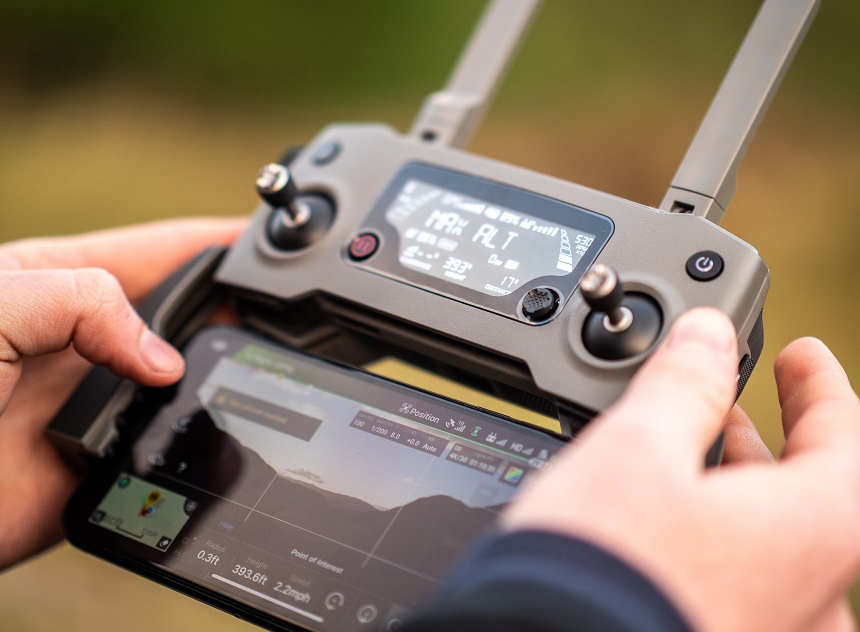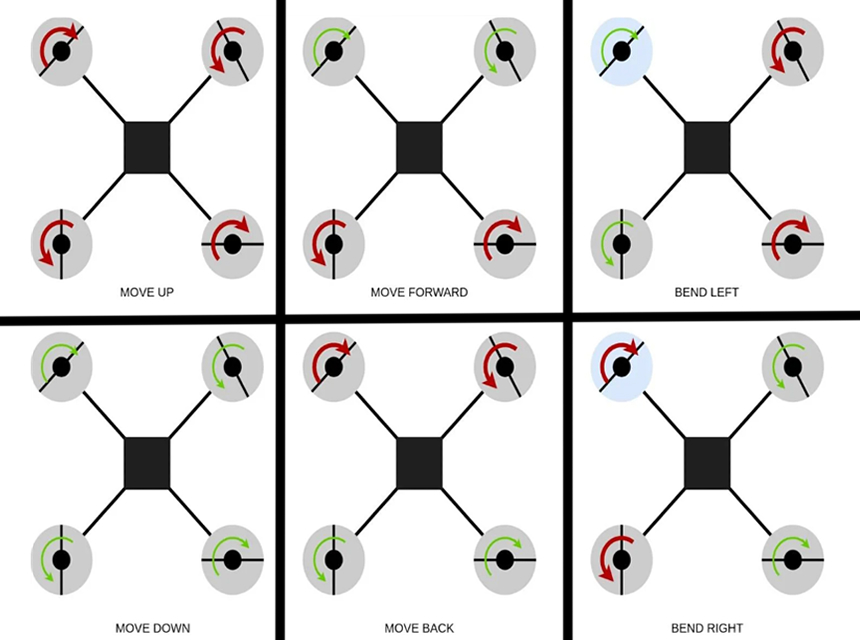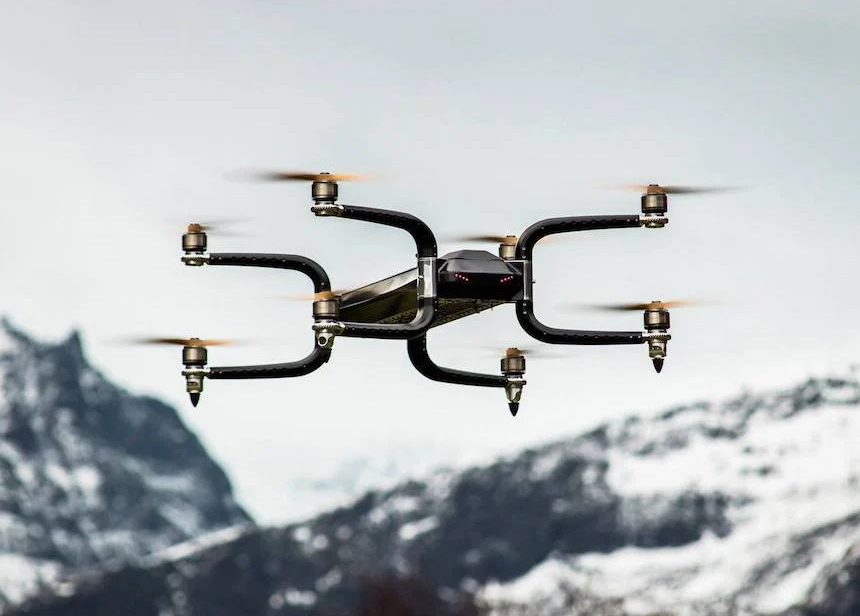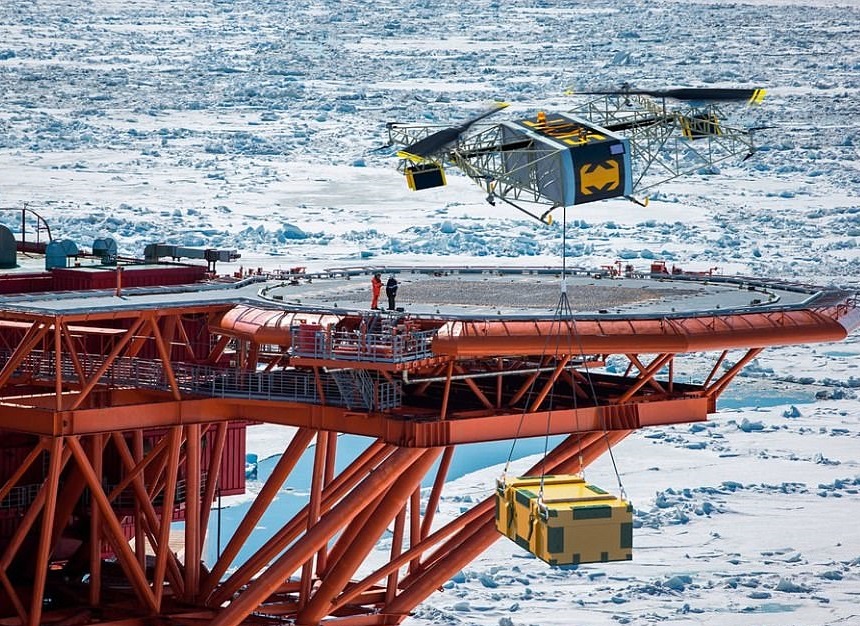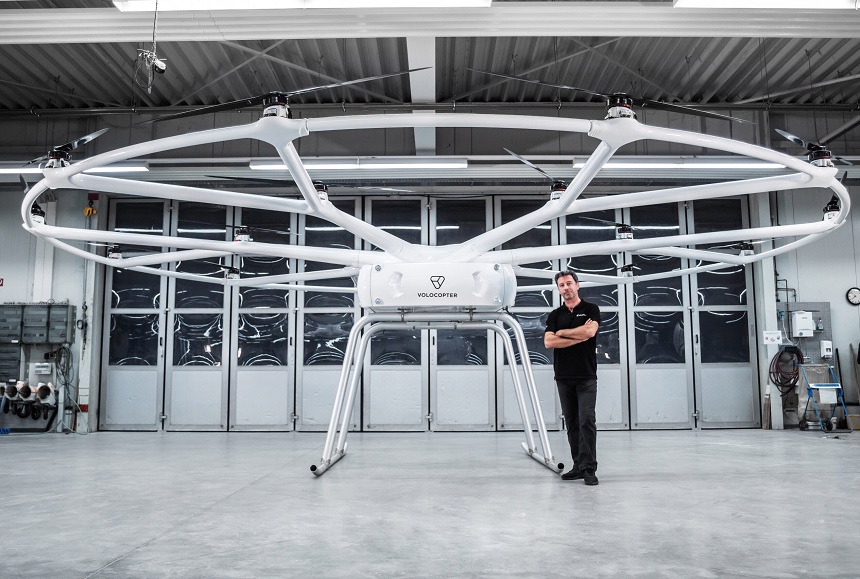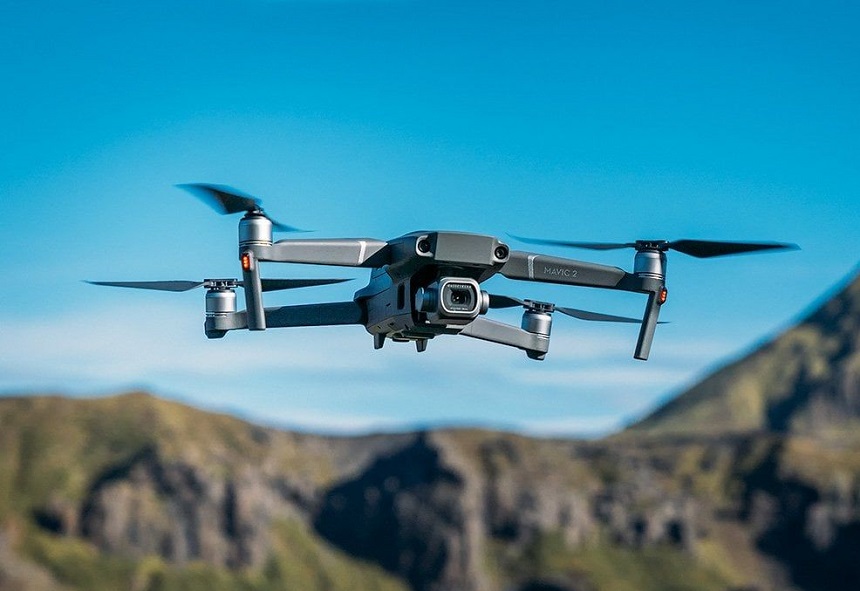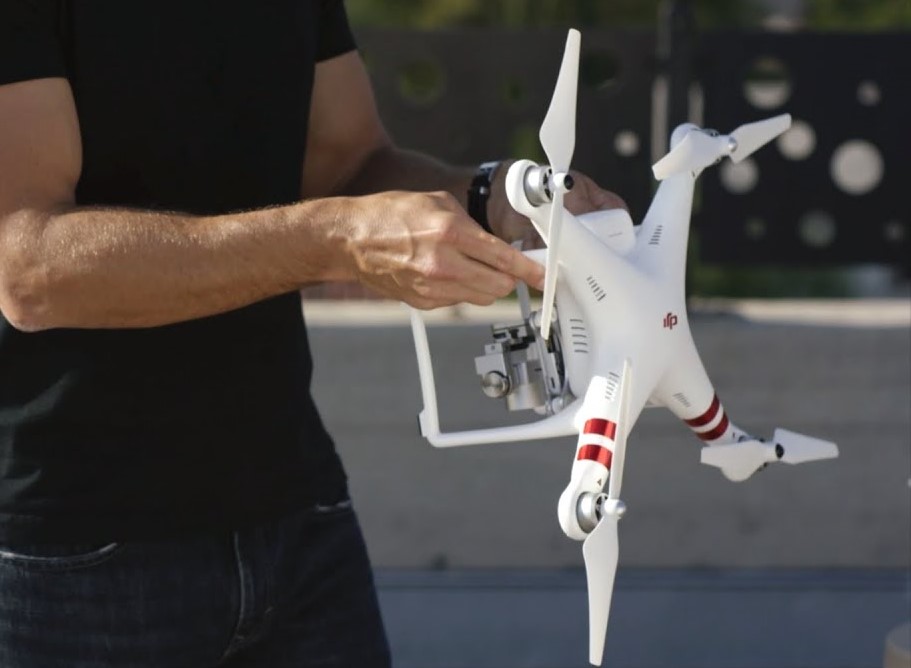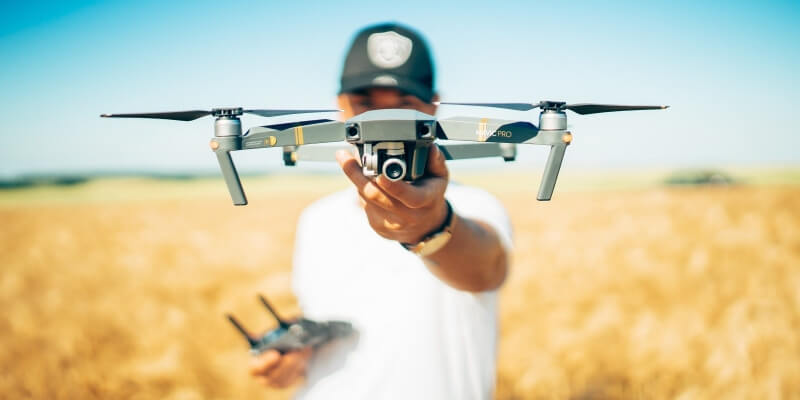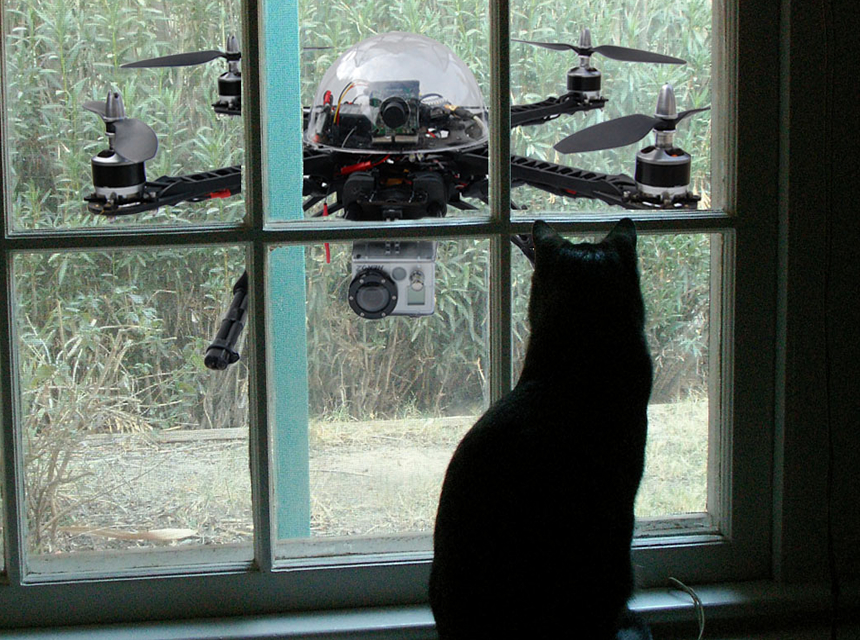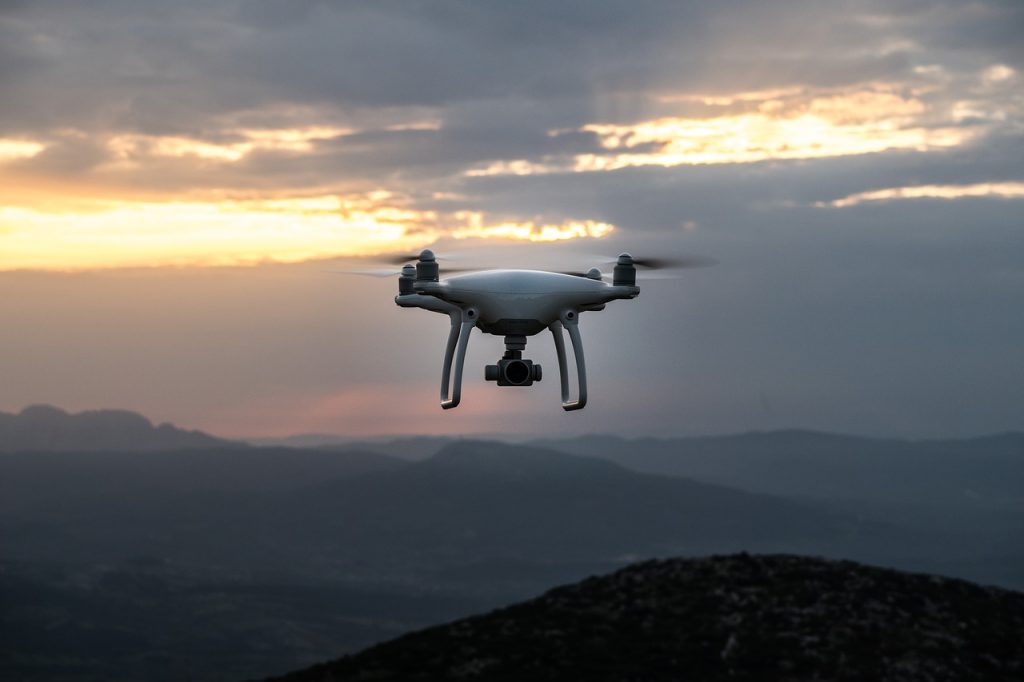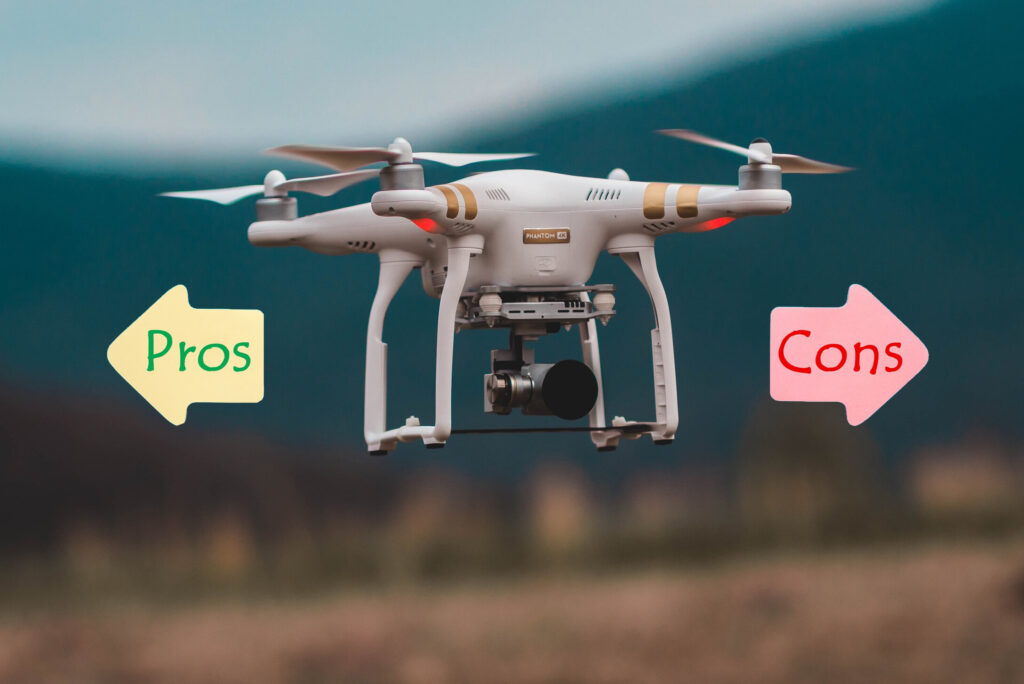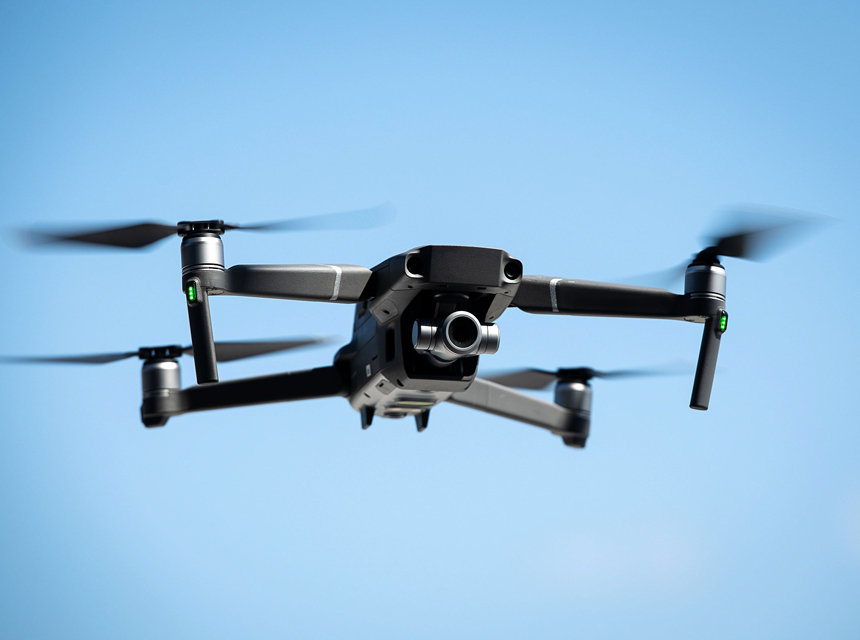Drones have a lot of uses beyond recreational enjoyment. They include cameras, so you can use drones for roof inspections, photography, or filmmaking. Drones for fishing help you locate areas with high concentrations of fish while capturing images of your master anglers. The military, police, and even private investigators can use them for surveillance.
Many drones can even carry certain items if secured properly. Though there are drones that already make deliveries, can they handle larger items? For instance, can a drone carry a human? If so, this could expand the usage of these UAVs. They could be used for rescue missions or to transport people into areas that other vehicles can’t go for medical aid or other purposes. And what type of materials would be required to increase the payload of a drone? For more information on human-carrying drones, check out the following information.
How heavy-duty drones are constructed
Though you may expect that the heavy-duty drones are similar to the recreational models or the budget-friendly drones under $600, there are some very important differences in their construction that are worth noting. This will ensure that the drone can carry a person safely at all times.
Flight control
The flight control on the heavy-duty drones that are capable of carrying a person is similar to the type of flight control included with the more compact, personal drones for recreational use. The difference is the more powerful motors inside the drones that make them capable of lifting heavy loads, with multiple rotors and propellers. All of the drone’s functions are controlled using the handheld remote control.
This allows the person using the remote control to perform whatever action is needed from the ground, which means they don’t require a pilot’s license to fly their machine, even if there is a living passenger onboard. This also means that the passengers can’t alter the flight path or any of the other functions unless there is an emergency.
Some heavy-duty drones also have automatic flight options that monitor the various components for any malfunction, adapting or landing as needed to maintain the safety of the drone and its passengers.
Airflow
To keep the drone hovering in the air, the airflow needs to be equal to the gravitational force of the Earth. As the propellers spin, they push the air down. The stronger the airflow, the more push there to lift the drone into the air. If you want the drone to go higher, the airflow must also increase until it is stronger than the gravitational force.
Rotors
Though a drone that can carry a person can have four rotors that are similar in design to a regular recreational drone, many of them add extra rotors for increased airflow. As long as there are even numbers of rotors, the drone will be able to maintain its balance in the air.
As the rotors turn, the propellers create the airflow that we discussed above. The rotors don’t all turn the same, though. The two rotors on the front turn in opposite directions, as do the two on the back. Any extra rotors also maintain this type of spin.
Even though they are spinning in different directions, all of the rotors rotate at the same speed unless you are turning the drone to move it in a new direction. Then some of the rotors decrease in speed while the others increase to move it where you want it to go. This also tilts the drone in that particular direction. Faster spinning also creates stronger airflow, lifting the drone higher in the air.
Speed
Heavy-duty drones have decent flight speeds that are much faster than the smaller drones on the market. Depending on the model, they can fly between 60 and 120 miles per hour, even with a heavy payload. They can also be flown at higher altitudes and have longer flight times, so they can be used for almost anything. The high speed these human-carrying drones have to offer also allows them to be used on those windy days without blowing it off course.
Human carrying drone developers
Though drones that can carry a person aren’t common, several drone developers have created drones that can handle heavy payloads. They aren’t cleared for human flights yet but many of them are working towards this goal.
Schiebel
Schiebel has developed their Camcopter S-100, which can carry up to 75 pounds. At this time, it is only available for military use, though it could have civilian applications in the future. It can take off and land on all types of terrain, plus it can be used during varying weather conditions and has a range of 200 km over both land and sea.
GRIFF
Griff Aviation has launched their new Griff 300 that has a payload weight capacity of about 500 pounds. It includes 8 propellers that can keep it in the air for up to 45 minutes. Though far too expensive for personal use, it could be quite handy for military use Trusted Source Drones: What are they and how do they work? To the military, they are UAVs (Unmanned Aerial Vehicles) or RPAS (Remotely Piloted Aerial Systems). However, they are more commonly known as drones. www.bbc.com , rescue operations, or many other applications.
SKYF
SKYF is a Russian drone company that created a model that features two large counter-rotating main rotors combined with eight small control rotors. This beast has earned the Guinness World Record for lifting the heaviest payload. Though it can currently handle up to 550 pounds, there are some options that let it lift about 880 pounds, plus it has a range of 200 miles with a flight time of 8 hours.
Volocopter
Volocopter is the first company to create commercial drones that can lift a human. The Volocity air taxi is an electric model that includes 2 seats, 18 rotors, and the highest quality materials. They have permits for test flights in Dubai, Germany, Helsinki, and Singapore for both manned and unmanned configurations.
DJI
DJI has a ton of great drone options. The Mavic 2 Pro is designed for capturing amazing aerial shots, with amazing functions like the Active Track 2.0 and a low-noise design. The Phantom 4 Pro V2.0 is also a camera drone, with a flight speed up to 72 kph and a transmission range of 8 km. These aren’t for heavy payloads, though.
In fact, only the MG series produced by this brand can carry any real weight. It can handle up to 22 pounds, so maybe capable of lifting a small human child, though they’re best used to transport small inanimate items at this time.
Safety advise for using human-lifting drones
At this time, there are no human-lifting drones that are actually legal to use. Though they have the capability of carrying the weight of a human, it is not yet legal to do so in any country in the world. There are also no current regulations in place in regards to the safety of the passengers, so until these regulations have been set, none of these drones should be carrying anything beyond inanimate objects at this time.
If you are going to try out a drone of this size, it is best to do so in an open area with no obstacles or people around that could be injured from a crash. Check any flight regulations for your area to be sure it is legal for you to fly one of these drones before you begin any flights. You should also consider starting with smaller drones before moving up to a larger one to be sure you are familiar with the flight controls.
FAQ
If you’re unfamiliar with the ins and outs of drones carrying humans, you may have a few questions. The following are the most common ones.
Can human-carrying drones fly in wind?
A drone carrying humans can fly in the wind under certain conditions. In fact, as long as the wind is two-thirds of the drone’s maximum speed or less, a drone should be able to maintain its speed and maneuverability. Any more than this and the drone likely won’t be able to move as well or as fast, so it is best to keep it grounded until the wind dies down.
What if a man-carrying drone loses cargo during flight?
If man-carrying drones lose their cargo during a flight, they will jump up higher in the air when the weight it’s carrying decreases. This is due to the high speed of the motor to maintain its altitude with the heavier load. After this momentary jump, the flight controller will automatically react, reducing the motor speed.
Can human-lifting drones work in rain?
Whether or not a drone can fly in the rain depends on the waterproofing features it has. Many drones include a casing that is fully sealed to keep water out of the motor, wiring, and other electronic components. If this is the case, the drone will be able to handle some light to medium rain.
If the drone doesn’t include any type of waterproofing or water resistance, it should not be used when it rains. Doing so could severely damage the drone, resulting in a short circuit, rusted parts, or other issues that will require repair or replacement of the drone.
Final thoughts
Drones have a ton of uses these days that make them one of the most versatile devices of the modern world. They can be used by the military or the police for surveillance or other tactical uses, plus they are handy for professionals for photography or filmmaking. Drones have even been put to use making deliveries in some areas.
With such modern technologies in place, asking the question “can a drone carry a human” isn’t uncommon. There are several companies that have developed heavy-duty drones that can do just that, though they aren’t legally allowed to perform this service just yet. It will only be a matter of time before this new addition to drone capabilities is put to use in many areas, like military use, rescue operations, and even as air taxis Trusted Source A drone carrying humans prepares to take flight in Dubai - The Washington Post The drone is garnering interest in the U.S. as well. www.washingtonpost.com to help avoid those seemingly endless traffic jams.


